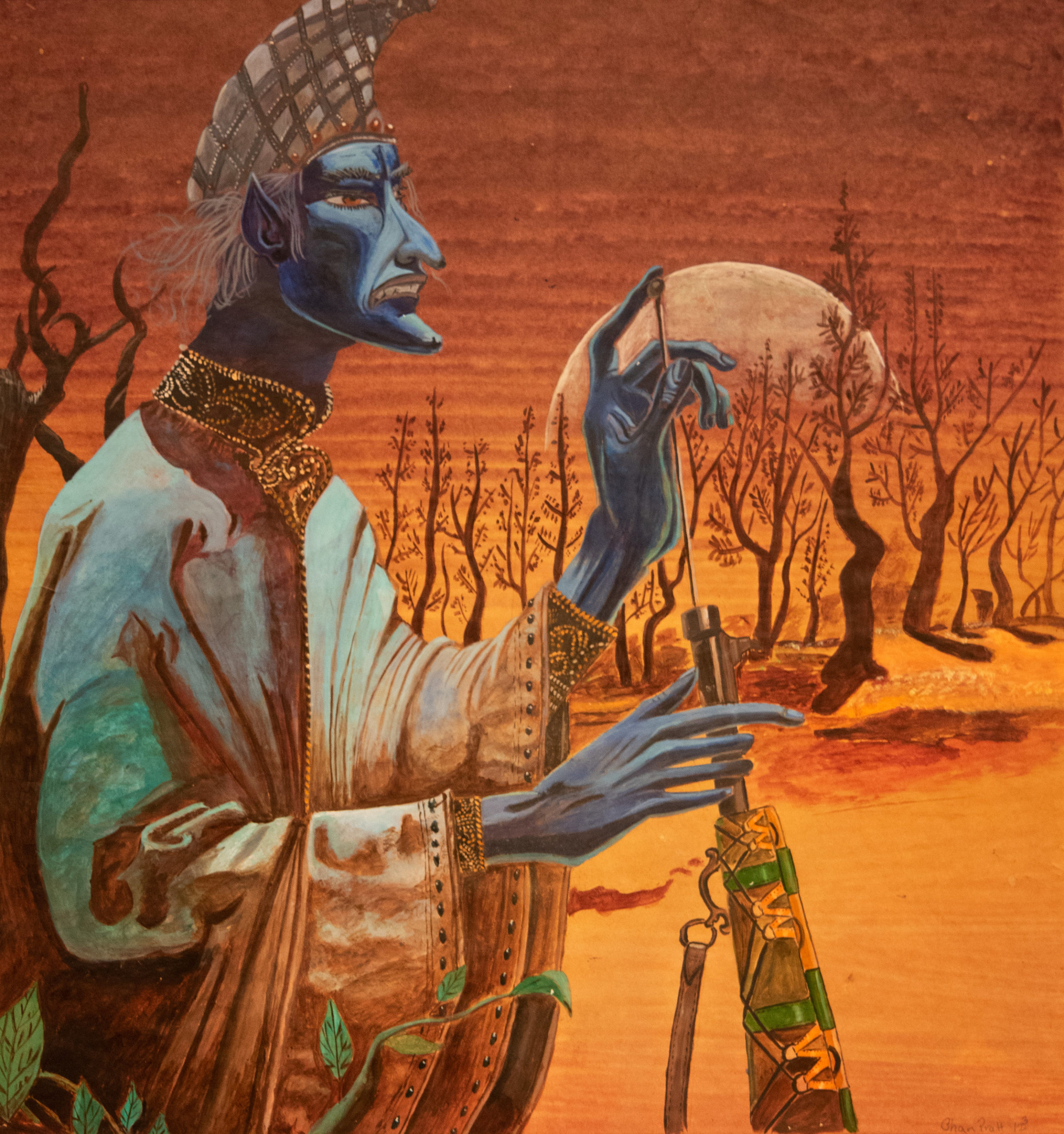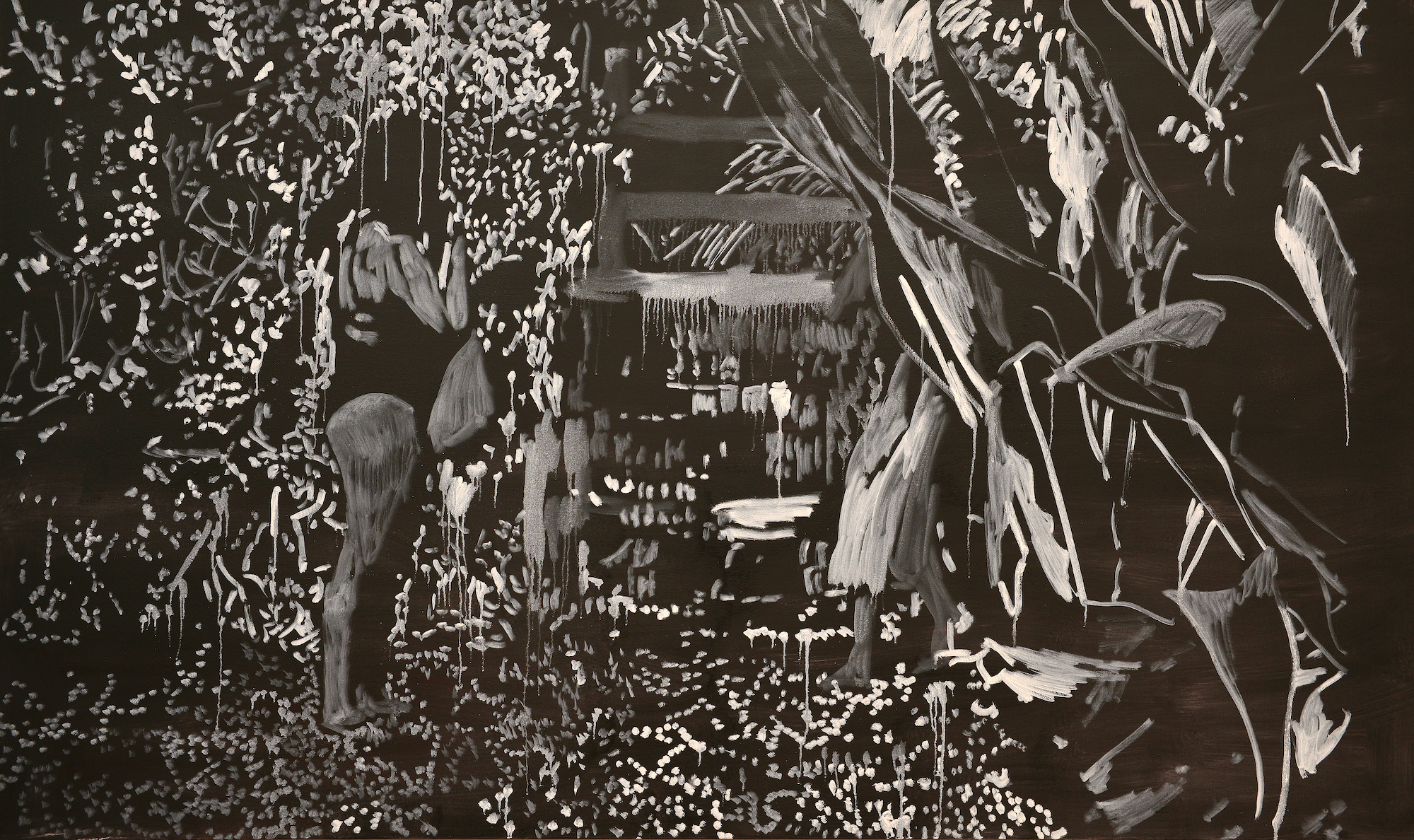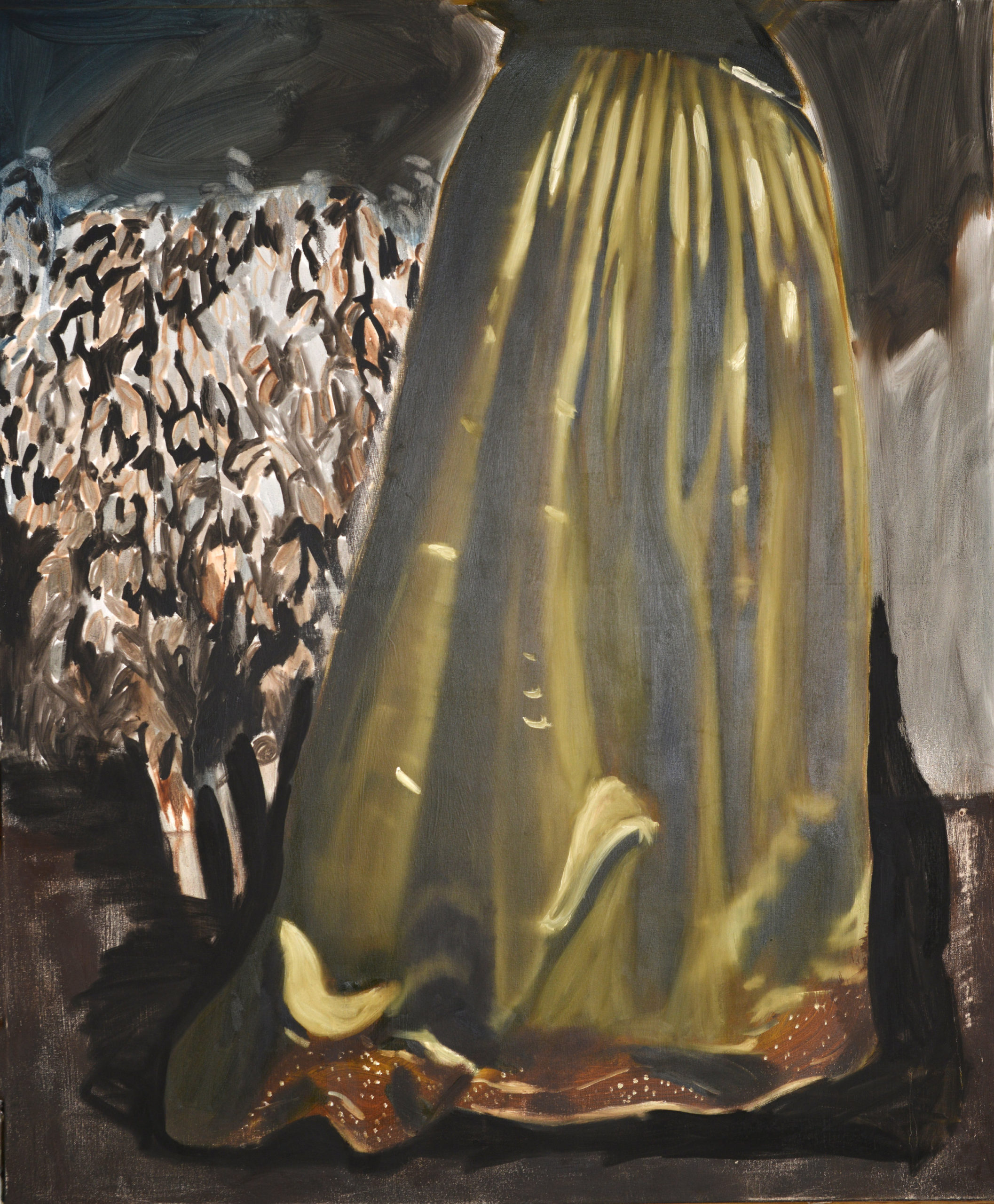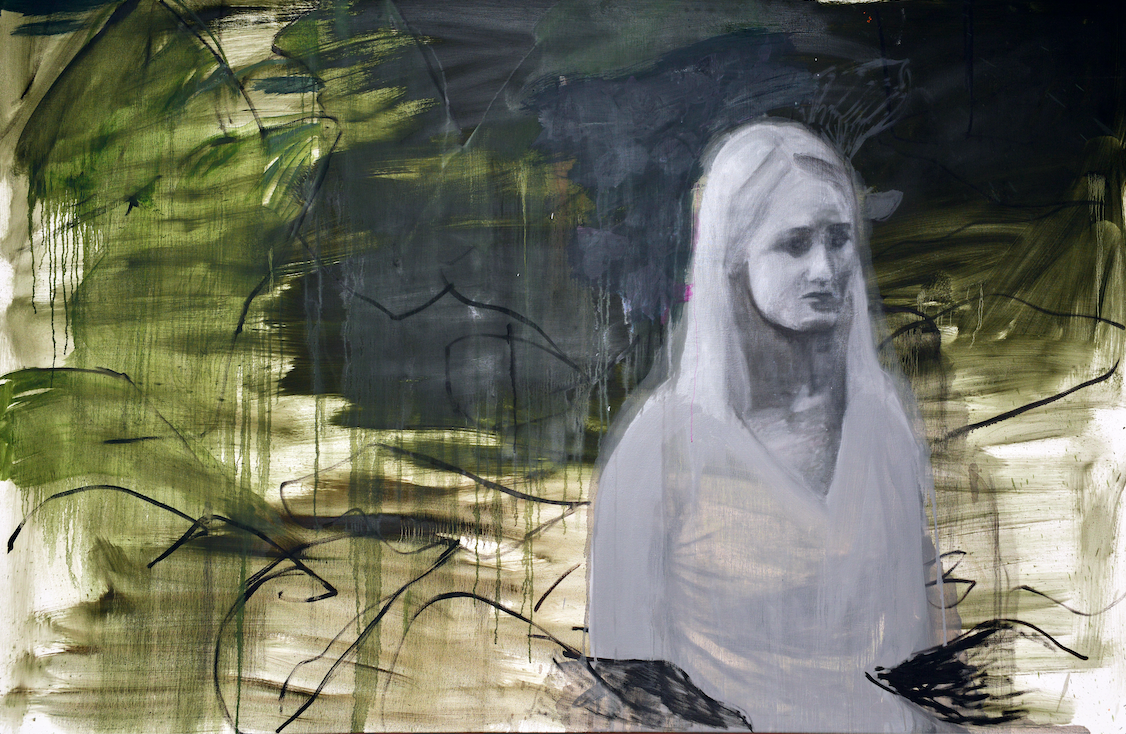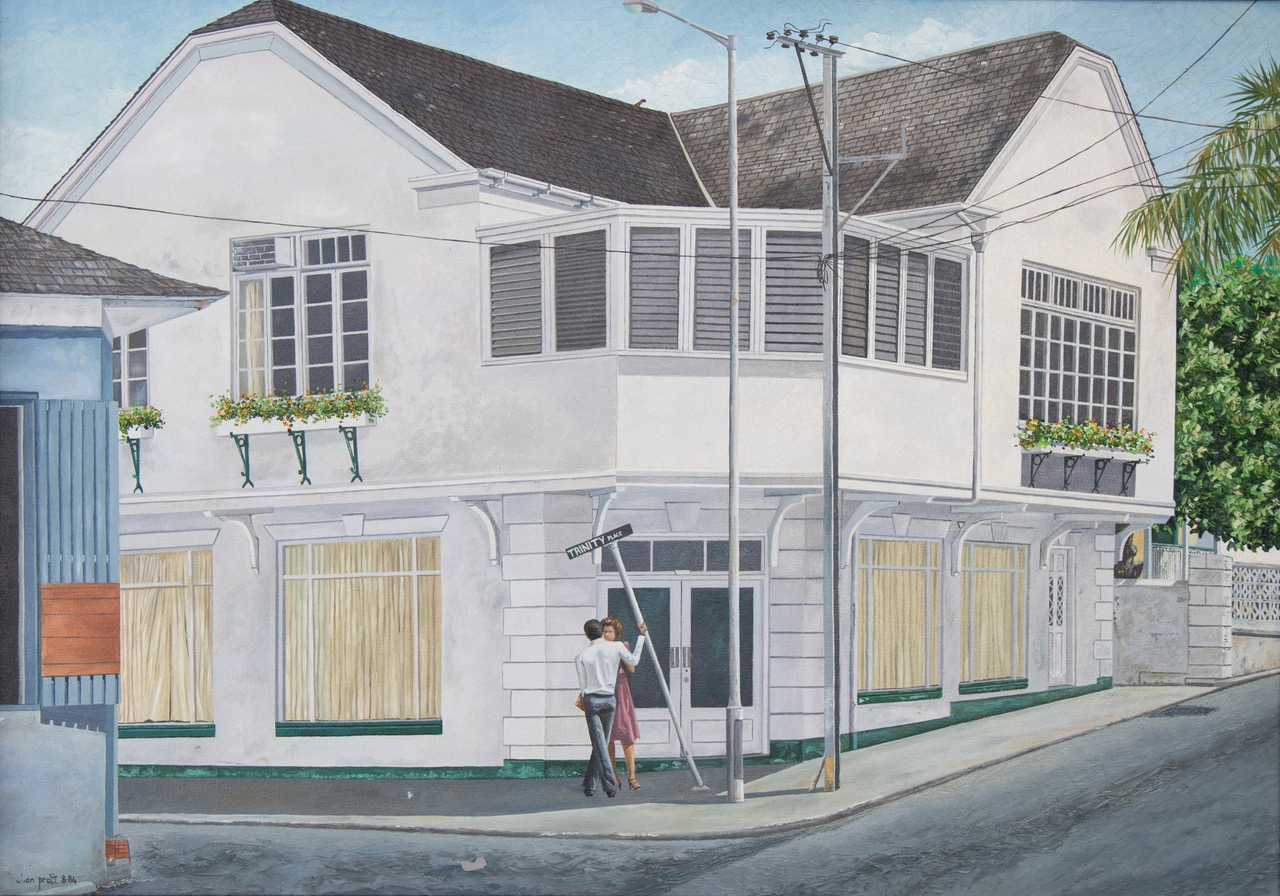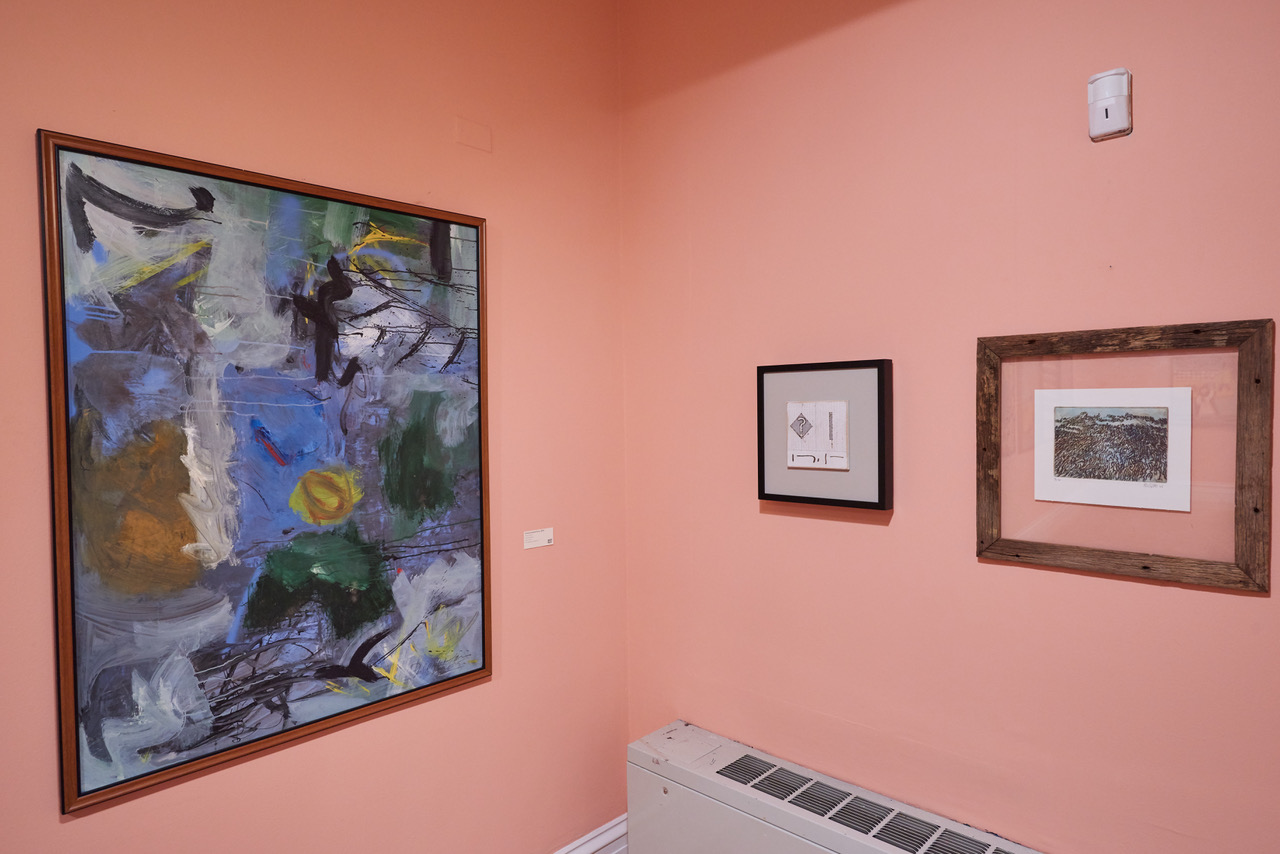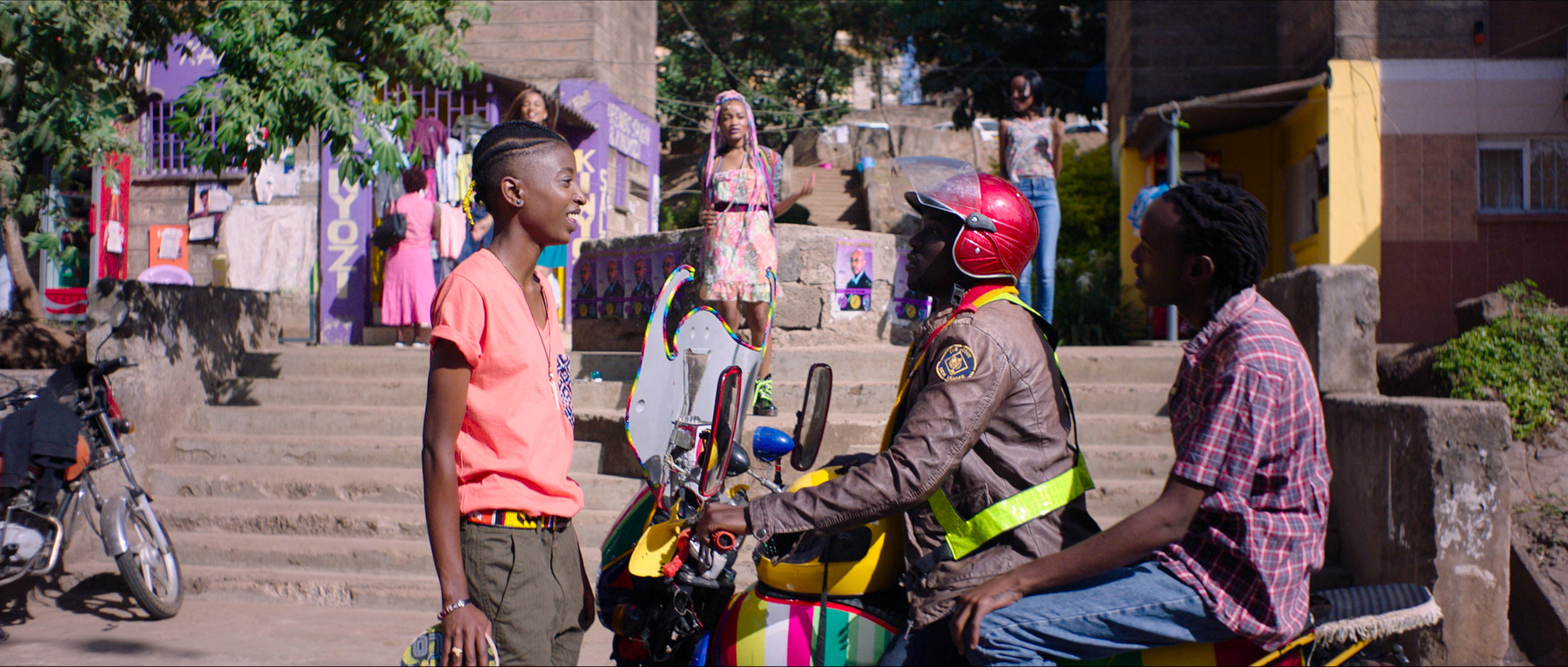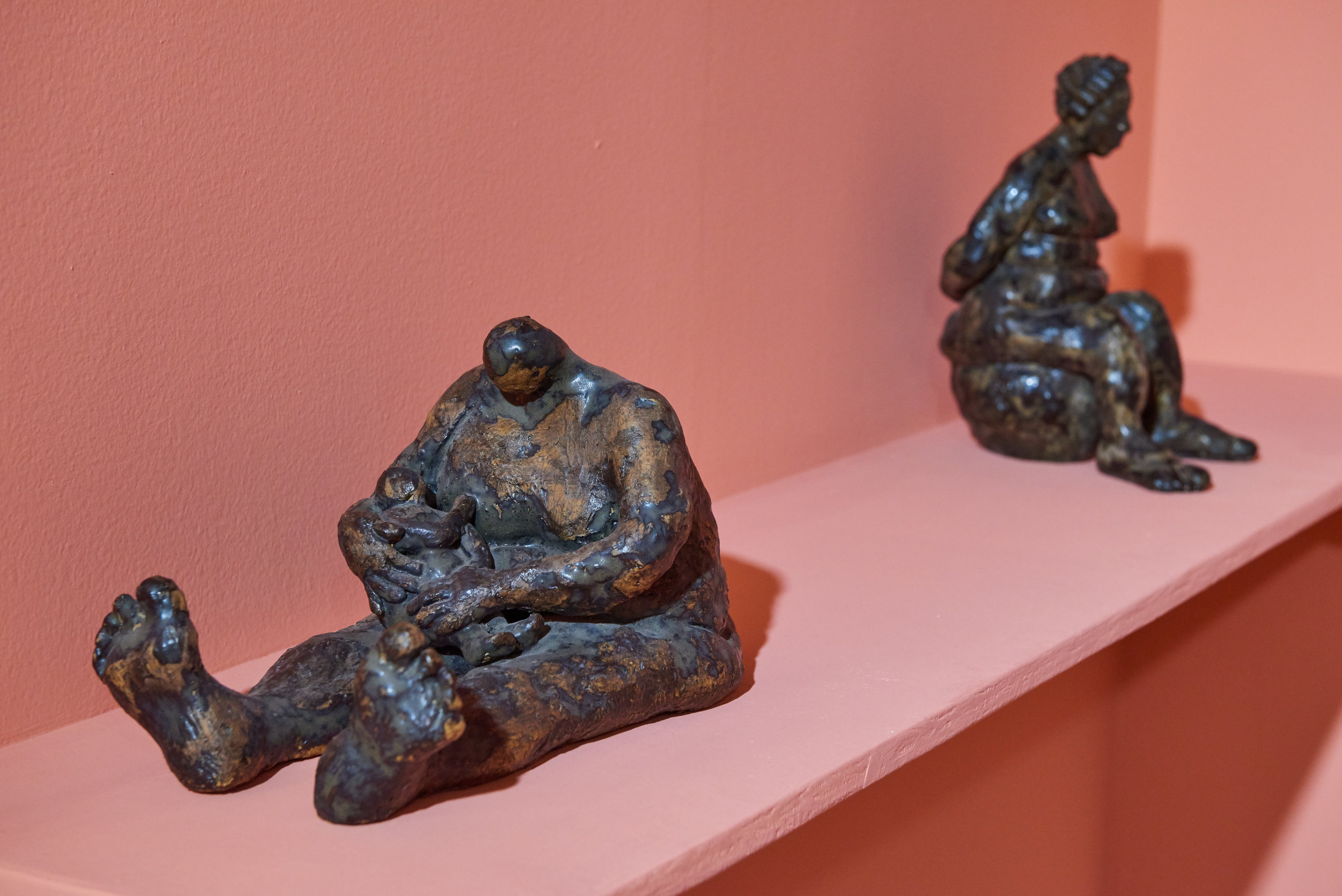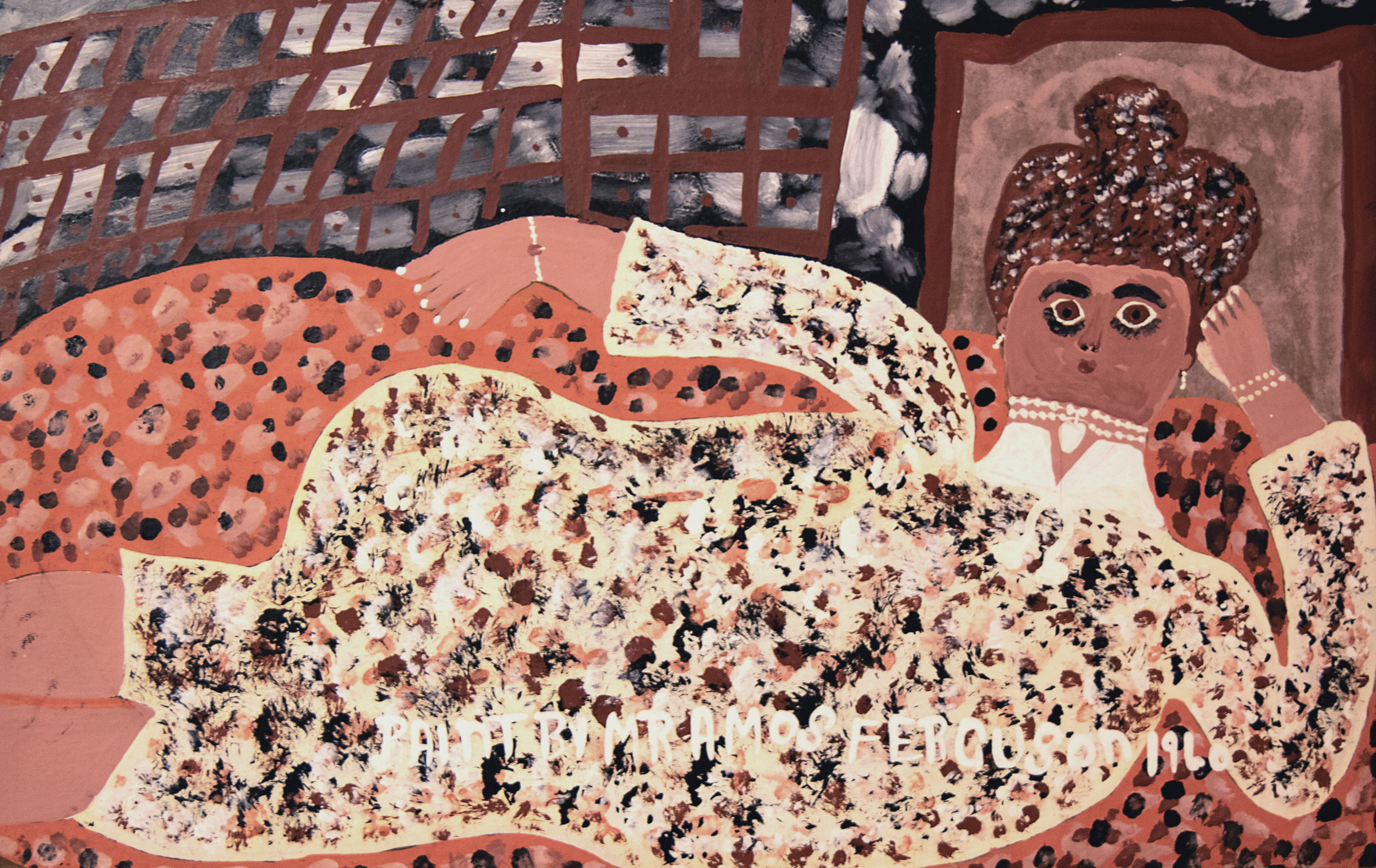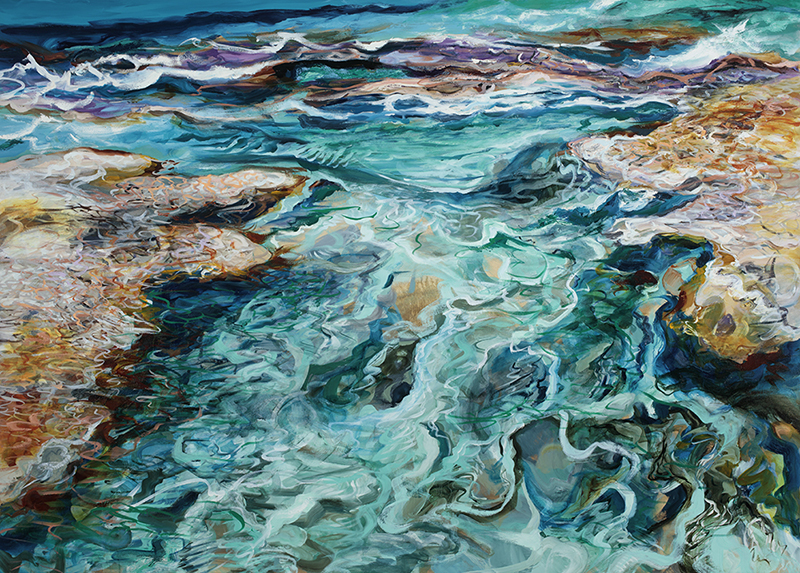By Natalie Willis. There are a few names that come to mind for us when we think of the quintessential, traditional, picturesque Bahamian landscape: Hildegarde Hamilton, Alton Lowe, Eddie Minnis, Dorman Stubbs, Ricardo Knowles, and the well-collected (but not quite always at the forefront of our minds), Chan Pratt. Landscape painting is quite a contentious genre of painting for The Bahamas and certainly for the rest of the Caribbean region, and this is for good reason. The colonial photography and postcards and paintings of days-gone-by were instrumental in framing and re-shaping the region as an idyll for tourist consumption, and this growing industry would later become the backbone and difficult foundation of many Caribbean economies.
Currently browsing: Editorial
Beauty and Loss in Tessa Whitehead and Chan Pratt’s Work: A Death Foretold, yet Not Dying
By Dr Ian Bethell-Bennett, The University of The Bahamas. Beauty, as we began two weeks ago, heals souls and allows us to come to a higher place where we feel more human, connected, communal and loved. Nature, green trees, and shade along roads allow us to walk in and explore the special areas and spaces around us. This exploration is seen in Jean Rhys’ novel Wide Sargasso Sea (1966), and in Tessa Whitehead’s work, the creek (2018) as beauty envelopes us in its natural form. When cement covers every inch of land, the soul is taken out of life. Singer Gloria Estefan’s Mi Tierra (1993), similar to Coulibri, the main location in Wide Sargasso Sea speaks of the loss, longing and nostalgia for a home that we have lost the deep connection to and the healing that comes from revisiting even if only metaphorically, metaphysically or through imagination.
Reconnecting to the Divine Feminine: Tessa Whitehead Challenges the Perception of Contemporary Bahamian Painting
By Blake Fox. Calling upon fear, surrender and angst, Tessa Whitehead presents us with an incredibly personal impression of her dreams, memories, and experiences in a transcendent series of figurative paintings in her first solo exhibition in The Bahamas titled “…there are always two deaths.”
Of Beauty, Community, and Healing
Essay Of Beauty, Community, and Healing Dr. Ian Bethell-Bennett ● May 7, 2019 The presence of art and music in
Chan Pratt’s Work Speaks to the Urbanization of the Bahamian Landscape
By Blake Fox. Slated to open on Thursday, May 2nd, 2019 at The National Art Gallery of The Bahamas (NAGB), “Resurrection” is a retrospective of over 100 paintings by noteworthy Bahamian artist Chan Pratt. The collection prominently features Bahamian landscapes between the 1980s and ‘90s with scrupulous attention to the local flora. Having died suddenly–and at a young age–much of Pratt’s work was undocumented and there is an unfortunate lack of historical information on the artist and his practice. To resolve this lack of exposure, the NAGB is working with Dewitt Chan (DC) Pratt, Chan Pratt’s son, and over 20 collectors of Pratt’s work to pay homage to his talent which was sometimes overlooked.
The Role of the Arts in Addressing Climate Change
By Blake Fox. Currently on display through June 2, 2019, at the National Art Gallery of The Bahamas (NAGB), the Permanent Exhibition “Hard Mouth: From the Tongue of the Ocean” focuses on how both verbal and visual language have shaped us as a country. One could argue that The Bahamas is a phonocentric culture, meaning speech is given precedence over written or visual work. Because of this emphasis on speech rather than written or visual work, it is no doubt that The Bahamas has a very rich oral culture. While Bahamians rely heavily on oral communication to pass down culture and traditions, visual and written works are just as crucial in communicating cultural beliefs and values in societies. This exhibition highlights Bahamian artwork that serves as a conduit to bridge the gap between our visual and oral culture in The Bahamas.
“Rafiki– more than just friends” Honouring and fighting for love.
By Kevanté A.C. Cash, NAGB Correspondent. I am reminded of the challenges of life, even in moments of sheer bliss, reminded of the ways we cannot be, even in moments we are. I am reminded of the complexities of living in love a as Black, queer, artist, teacher, mother, sister, lover, friend, because it is all of these that comprise the human experience, yet none of these at all. I am reminded of themes of tried and proven love – over and over again in films such as Rafiki which in Swahili means “friend”. I would argue that the title itself was an act of intentionality and irony, as African culture, at a minimum, does not acknowledge the simple existence of queer love, in such coding lovers in terms such as “friend”. Above all of these though, I am reminded of just how boundlessly love can flow if given the space to manifest into something beautiful. Rafiki reminds me of the ways and trying times of love.
The Black Woman Body Paradox
Feature The Black Woman Body Paradox Natalie Willis ● April 10, 2019 There are certain things that should unsettle us,
Sitting Pretty Political: Amos Ferguson and the Reclining Women of Art History
By Natalie Willis One of the key poses for women in classical painting is the reclining nude. It’s become such a huge part of the canon of European historical paintings, no doubt in part to the patriarchal obsession with the naked female form. Nonetheless, it’s been rich territory for many an earth-shattering painting in art history: Titian’s “Venus of Urbino” (1532-34), Jean Auguste Dominique Ingres’ “Grande Odalisque” (1814), and Manet’s infamous “Olympia” (1865), all of which changed the art world’s reading of the pose each time. It should come to us as no surprise then that Amos Ferguson, our beloved (and often misunderstood) intuitive painter from Exuma, might want to make his own mark in such territory, though perhaps more conservatively given his very religious background.
The Weight of the Tide: Lynn Parotti’s “Time Under Tension” in Review
By Letitia M. Pratt,The D’Aguilar Art Foundation . Lynn Parotti’s Time Under Tension was a compact exhibition that communicated a profound message in its simplicity. All of the work shown was a homage to The Bahamas’ aquatic environment, which – according to ARC Centre of Excellence for Coral Reef Studies – is suffering major damage because of coral bleaching, a direct result of global warming. Nestled carefully in The D’Aguilar Art Foundation’s (DAF) intimate gallery space, Parotti’s new series of works, “Bahama Land” is a vibrant epitaph to the beauty of the Bahamian coral. Her seascapes are illustrated from the point of view of somebody who is just above the water looking down (perhaps over the hull of a boat), or right above the ocean floor. When confronted with the vibrancy and electric colours of these spaces, which are depicted with such indulgent, viscous applications of oil paint, the works speak like relics of the past.
